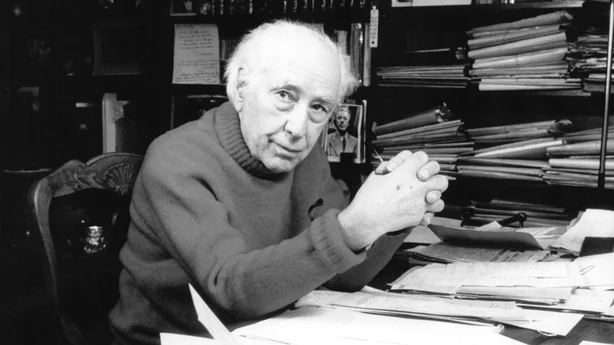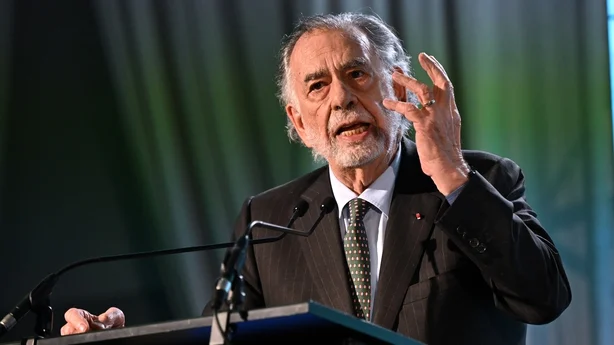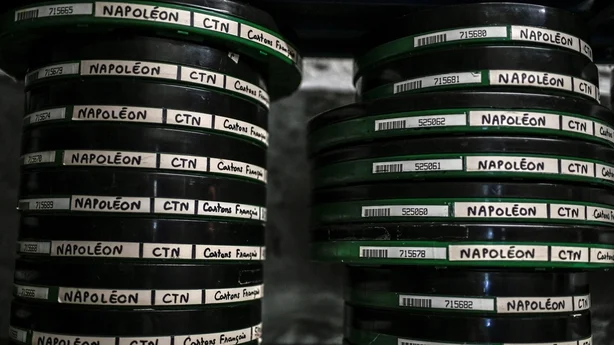After a colossal 16-year restoration effort, Abel Gance's seven-hour silent classic Napoléon will finally return to the big screen at the Cannes Film Festival in May, organisers have said.
The project to restore the epic 1927 film began in 2008 when two film researchers discovered different versions of the film in Gance's archives at the Cinémathèque Française in Paris.
Restoring the French director's original vision turned into a mammoth, multi-million-euro operation combining detective work, digital wizardry, and extraordinary dedication.

The head of the restoration project, Georges Mourier, told AFP in 2021 that it had become "an act of madness".
It will finally see the light of day as part of the Cannes Classics section of the festival, which runs from 14-25 May - the first time Gance's cut has been shown in 97 years.
Only the first part, running three hours and 40 minutes, will be shown in Cannes. The full seven-hour extravaganza will be screened with a 250-piece orchestra in Paris in July, followed by screenings elsewhere.
We need your consent to load this Instagram contentWe use Instagram to manage extra content that can set cookies on your device and collect data about your activity. Please review their details and accept them to load the content.Manage Preferences
The film has long had a near-mythical status among cinephiles, not least director Francis Ford Coppola. He owns many of the rights through his company, American Zoetrope, and presented an earlier restored version to widespread acclaim in 1981.
As it happens, Coppola is also making a comeback at Cannes, with his long-awaited Megalopolis competing for the Palme d'Or, 45 years after he won it for Apocalypse Now.
The latest restoration effort was made fiendishly difficult because the original reels were scattered around the globe - some lost, some damaged, others mixed up or respliced, leaving up to 22 versions of the film in existence.

Mourier's team worked through at least 100km (60 miles) of film, much of it on the verge of disintegrating and highly flammable.
The film's reputation stems from its many technical innovations, including rapid editing, hand-held - and horse-mounted - camera shots, and a famous final sequence featuring three split screens requiring three projectors in the cinema.
In a statement, the Cannes festival said it was "proud to be the venue for the rebirth of Napoléon by Abel Gance, a monument of the 7th Art, almost 100 years after its creation".

Source: AFP
Click here for more movie news.
Disclaimer: The copyright of this article belongs to the original author. Reposting this article is solely for the purpose of information dissemination and does not constitute any investment advice. If there is any infringement, please contact us immediately. We will make corrections or deletions as necessary. Thank you.






